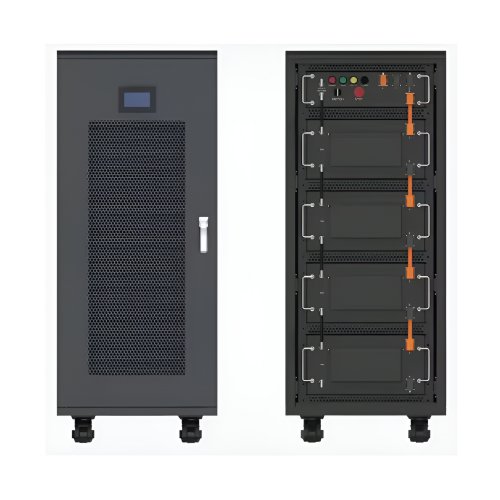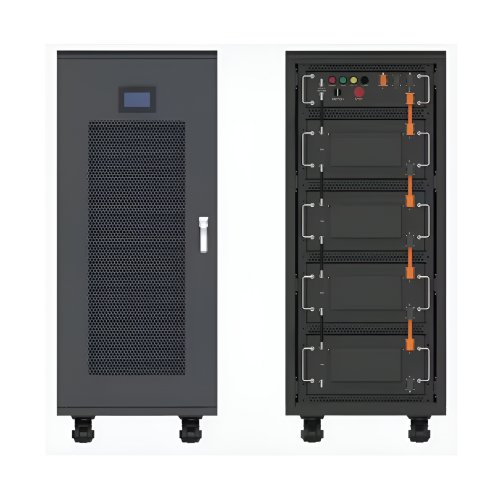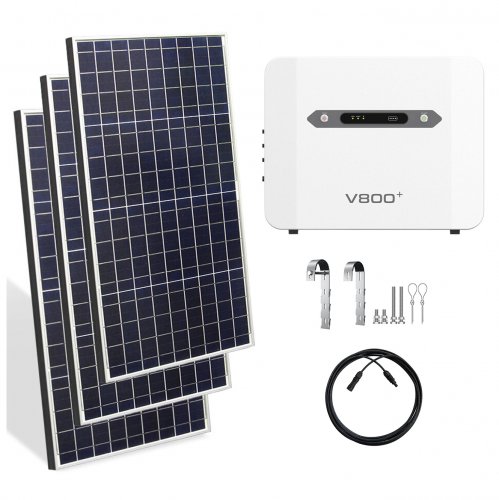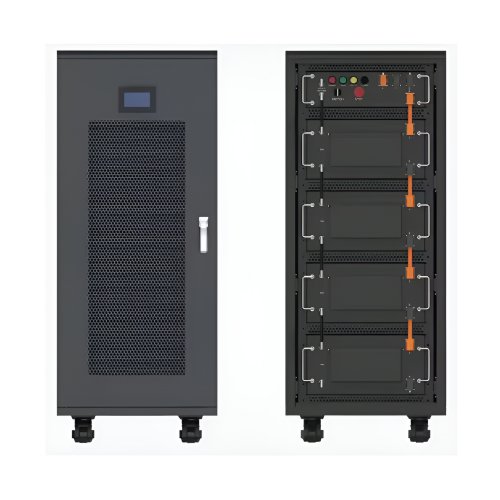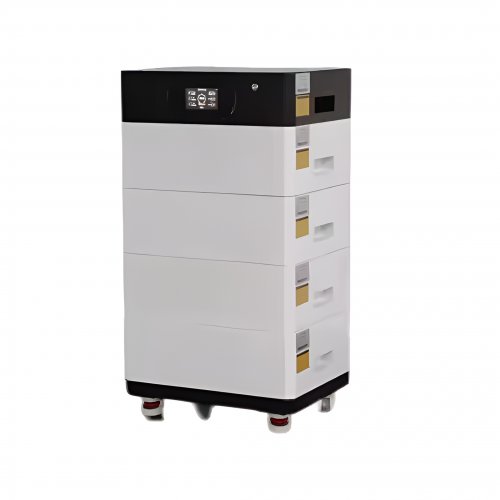How To Use Voltage Specifications: A Practical Guide For Safe And Effective Device Operation
Voltage specifications are among the most critical parameters to understand and adhere to when working with any electrical or electronic device. They define the safe operating limits for electrical potential, ensuring both the optimal performance of your equipment and, more importantly, your personal safety. Misapplying voltage is a leading cause of immediate device failure, degraded long-term reliability, and serious safety hazards like fire or electric shock. This guide provides a comprehensive walkthrough on how to correctly interpret and apply voltage specifications in various scenarios.
Understanding Voltage Specifications
Before applying any power, you must first correctly interpret the voltage information provided by the manufacturer. This data is typically found on a device’s nameplate, label, datasheet, or in its user manual. Key specifications to look for include:
1. Operating Voltage Range (e.g., 100-240 VAC): This indicates the span of input voltages the device can safely accept. A wide range (like 100-240V) signifies a device with a universal power supply, commonly found in laptop chargers and modern electronics, making it suitable for international use. 2. Nominal Voltage (e.g., 12 VDC): This is the ideal or standard voltage for which the device is designed. While the operating range provides flexibility, performance is often optimized at the nominal voltage. 3. Tolerance (e.g., 230 VAC ±10%): This defines how much the actual voltage can deviate from the nominal value without causing harm. A ±10% tolerance on a 230V supply means the device can handle voltages between 207V and 253V. 4. AC vs. DC (e.g., AC 120V or DC 24V): Alternating Current (AC) and Direct Current (DC) are not interchangeable. Applying AC to a DC device, or vice versa, will almost certainly cause permanent damage.
Step-by-Step Usage Guide
Follow these steps meticulously whenever you set up a new device or work in an unfamiliar electrical environment.
Step 1: Comprehensive Pre-Use VerificationLocate the Specs: Before plugging anything in, find the voltage specification on the device itself and cross-reference it with the manual.Check Your Power Source: Identify the voltage of your wall outlet (use a multimeter if uncertain) or the output of your power adapter/battery. For outlets, be aware of regional standards (e.g., ~120V in North America, ~230V in Europe).Compare and Match: Ensure the voltage of your power source falls completely within the device's specified operating voltage range. Do not proceed if there is a mismatch.
Step 2: Configuration and ConnectionAdjust Settings (if applicable): Some devices, particularly those with a wide voltage range, have a manual voltage switch (often a small red switch near the power inlet). If your device has one and you are moving from a 120V to a 230V region, you must physically switch it to the correct setting. Never force a plug adapter into a socket if the voltage switch is set incorrectly.Select the Correct Power Adapter: For DC-powered devices, the output voltage of the adapter mustexactly matchthe device's required DC input voltage. The adapter's current (amp or milliamp) rating must meet or exceed the device's requirement. The polarity (the direction of current flow) must also be correct; the plug must have a positive tip or negative tip as specified.
Step 3: Power-On and MonitoringPerform a Initial Test: The first time you power on a device after verifying all specifications, be present and attentive. Listen for unusual sounds (buzzing, popping) and look for signs of smoke or strange smells.Observe Performance: Note if the device operates normally. Instability, flickering lights, or resetting can indicate a voltage that is at the edge of the acceptable range or a poor-quality power source.
Practical Tips and Operational AdviceInvest in a Quality Multimeter: This is an indispensable tool for any technician or serious hobbyist. Use it to verify outlet voltage, test the output of DC power adapters, and check for correct polarity.Use a Surge Protector or Voltage Stabilizer: In areas with unstable or "dirty" power (frequent spikes, surges, or brownouts), use a surge protector to shield sensitive electronics. For significant under-voltage or over-voltage problems, a voltage stabilizer or Uninterruptible Power Supply (UPS) is a wise investment to automatically correct these issues.Understand the Role of Frequency (Hz): For AC devices, the frequency (50 Hz or 60 Hz) can also be a critical specification, especially for motors and clocks. While many modern power supplies are frequency-agnostic, always check the device's specs.Label Your Adapters: Use a label maker or permanent marker to clearly write the output voltage (e.g., "OUT: 12VDC 2.0A") on all DC power adapters. This prevents mix-ups and accidental misapplication.
Critical Warnings and Safety ConsiderationsSafety First: Electricity is dangerous. Always assume a circuit is live until proven otherwise with a multimeter. Work with dry hands on a dry surface.Never Force a Fit: If a plug doesn't fit easily into an outlet, do not use physical force or modify the plug. This is a sign that you need the correct adapter for the socket type, but you must first have confirmed the voltage compatibility.Beware of Assumptions: Never assume the voltage is correct. Always measure and verify. Do not rely solely on the outlet's appearance.Inspect Cables and Connectors: Regularly check power cords, plugs, and connectors for fraying, cracking, or damage. A damaged cable can create a short circuit and become a fire hazard, regardless of the voltage.Respect Power Ratings: Do not overload outlets or power strips by plugging in too many high-wattage devices. This can cause overheating and a fire risk, even if the voltage is technically correct for each device.
By treating voltage specifications with the utmost respect and following this structured approach of verification, configuration, and monitoring, you significantly reduce risk and ensure your valuable equipment receives the clean, appropriate power it needs for a long and functional lifespan. This disciplined practice is the foundation of both safety and reliability in the world of electronics.
Customized/OEM/ODM Service
HomSolar Supports Lifepo4 battery pack customization/OEM/ODM service, welcome to contact us and tell us your needs.


HomSolar: Your One-stop LiFePO4 Battery Pack & ESS Solution Manufacturer
Our line of LiFePO4 (LFP) batteries offer a solution to demanding applications that require a lighter weight, longer life, and higher capacity battery. Features include advanced battery management systems (BMS), Bluetooth® communication and active intelligent monitoring.

Customised Lithium Iron Phosphate Battery Casing
ABS plastic housing, aluminium housing, stainless steel housing and iron housing are available, and can also be designed and customised according to your needs.

HomSolar Smart BMS
Intelligent Battery Management System for HomSolar Energy Storage System. Bluetooth, temperature sensor, LCD display, CAN interface, UART interface also available.


Terminals & Plugs Can Be Customized
A wide range of terminals and plugs can be customised to suit the application needs of your battery products.

Well-designed Solutions for Energy Storage Systems
We will design the perfect energy storage system solution according to your needs, so that you can easily solve the specific industry applications of battery products.



About Our Battery Cells
Our energy storage system products use brand new grade A LiFePO4 cells with a battery lifespan of more than 4,000 charge/discharge cycles.



Applications in Different Industries
We supply customized & OEM battery pack, assemble cells with wiring, fuse and plastic cover, all the cell wires connected to PCB plug or built BMS.
Applications: E-bike, Electric Scooter, Golf Carts, RV, Electric Wheelchair, Electric Tools, Robot Cleaner, Robot Sweeper, Solar Energy Storage System, Emergency Light, Solar Power Light, Medical Equipment, UPS Backup Power Supply.
We can provide you with customized services. We have the ability to provide a vertical supply chain, from single cells to pack/module and to a complete power solution with BMS, etc.


HomSolar (Shenzhen) Technology Co., Ltd







